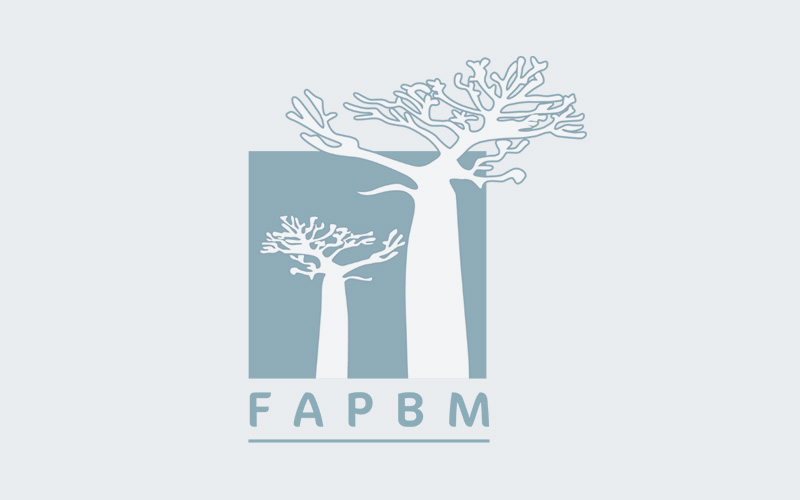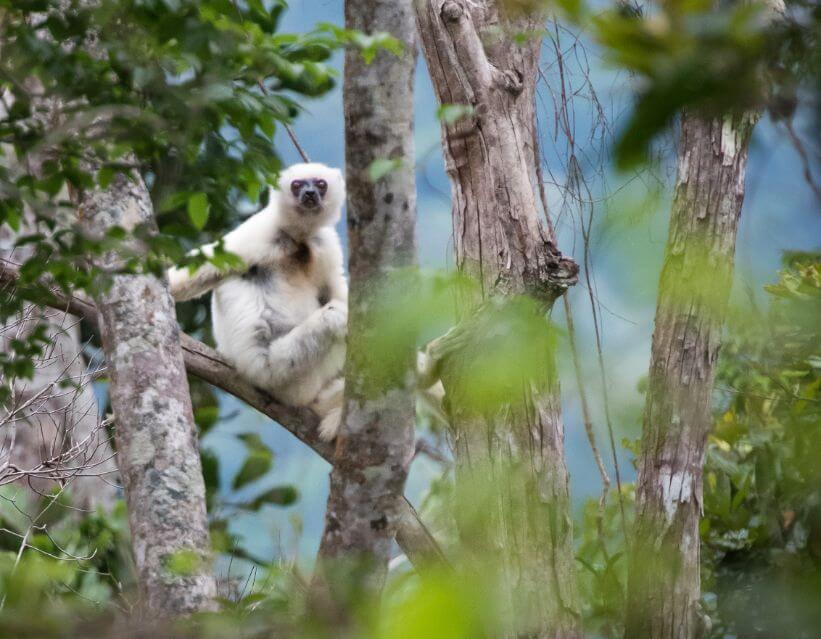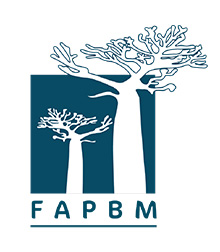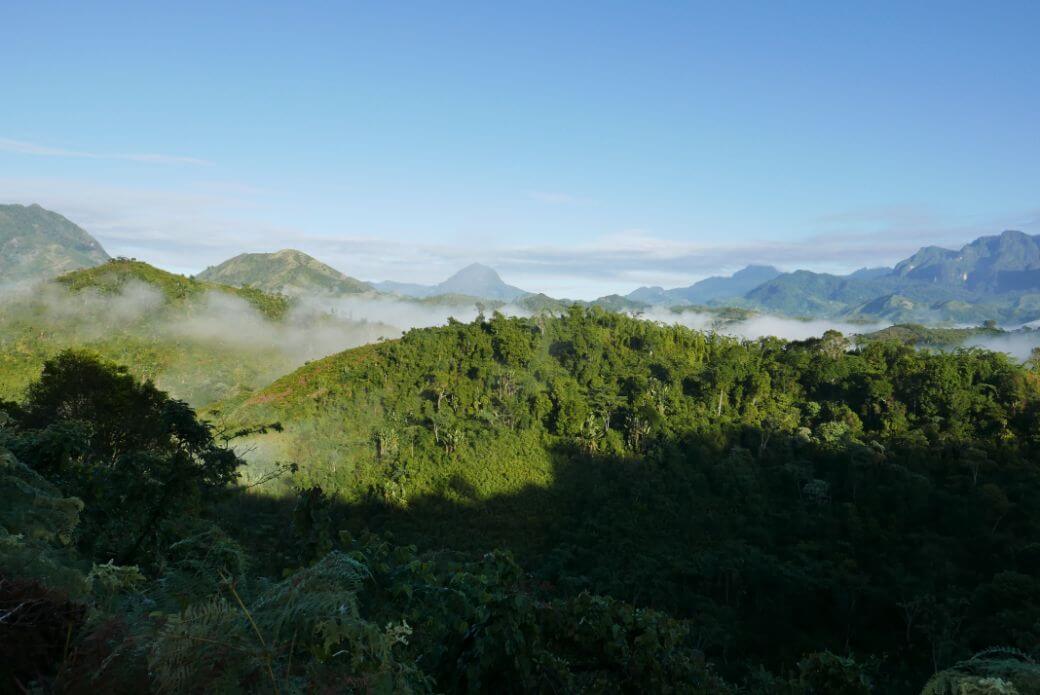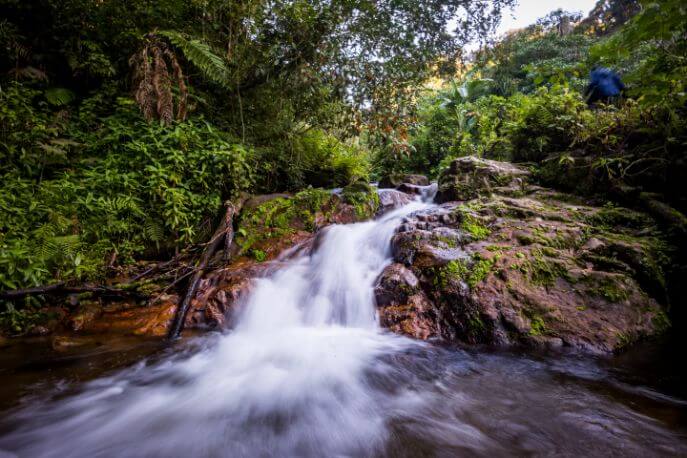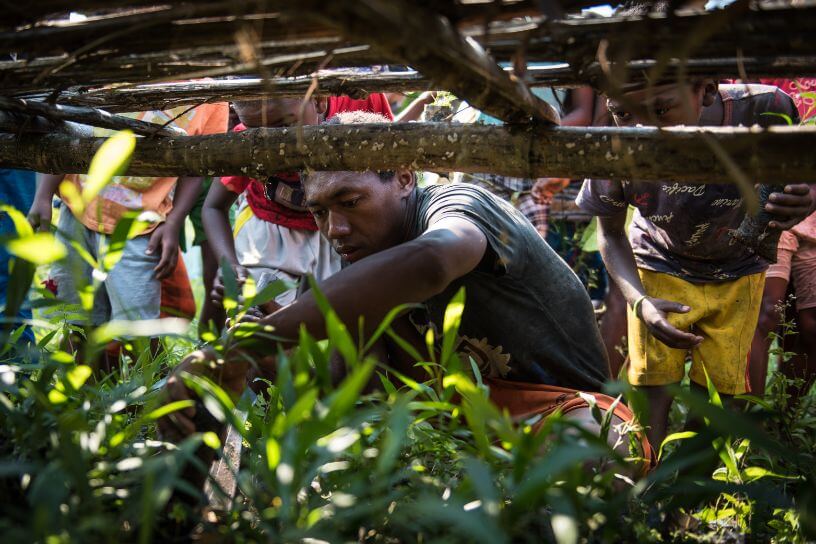Flagship Species
COMATSA is essentially covered continuously by the medium-altitude evergreen rainforest. In its northern part, the flora includes several elements common in rainforests as well as numerous species restricted to the northern mountain ranges and local endemic species. This area has a great richness in fauna: 4 locally endemic amphibian species are recorded here with other species whose distribution is restricted. The site is also rich in chameleons and small mammals.
